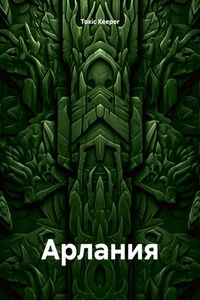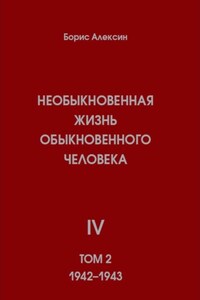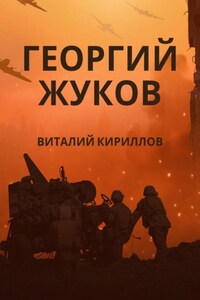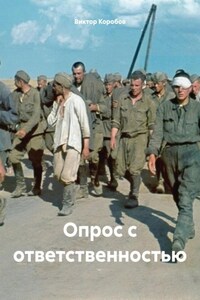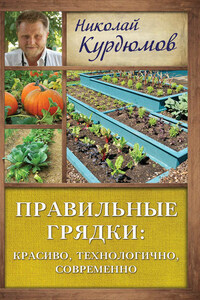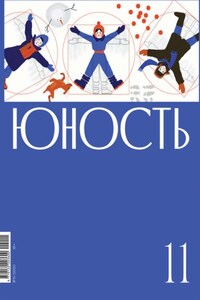I MIGHT AS WELL SAY, right from the jump: it wasn’t my usual kind of job.
I like to work alone, in my own clean, silent, well-lit laboratory, where the climate is controlled and everything I need is right at hand. It’s true that I have developed a reputation as someone who can work effectively out of the lab, when I have to, when the museums don’t want to pay the travel insurance on a piece, or when private collectors don’t want anyone to know exactly what it is that they own. It’s also true that I’ve flown halfway around the world, to do an interesting job. But never to a place like this: the boardroom of a bank in the middle of a city where they just stopped shooting at each other five minutes ago.
For one thing, there are no guards hovering over me at my lab at home. I mean, the museum has a few quiet security professionals cruising around, but none of them would ever dream of intruding on my work space. Not like the crew here. Six of them. Two were bank security guards, two were Bosnian police, here to keep an eye on the bank security, and the other two were United Nations peacekeepers, here to keep an eye on the Bosnian police. All having loud conversations in Bosnian or Danish over their crackly radio handsets. As if that wasn’t enough of a crowd, there was also the official UN observer, Hamish Sajjan. My first Scottish Sikh, very dapper in Harris tweed and an indigo turban. Only in the UN. I’d had to ask him to point out to the Bosnians that smoking wasn’t going to be happening in a room that would shortly contain a fifteenth-century manuscript. Since then, they’d been even more fidgety.
I was starting to get fidgety myself. We’d been waiting for almost two hours. I’d filled the time as best I could. The guards had helped me reposition the big conference table nearer to the window, to take advantage of the light. I’d assembled the stereo microscope and laid out my tools: documentation cameras, probes, and scalpels. The beaker of gelatin was softening on its warming pad, and the wheat paste, linen threads, gold leaf were laid out ready, along with some glassine envelopes in case I was lucky enough to find any debris in the binding—it’s amazing what you can learn about a book by studying the chemistry of a bread crumb. There were samples of various calfskins, rolls of handmade papers in different tones and textures, and foam forms positioned in a cradle, ready to receive the book. If they ever brought the book.
“Any idea how much longer we’re going to have to wait?” I asked Sajjan. He shrugged.
“I think there is a delay with the representative from the National Museum. Since the book is the property of the museum, the bank cannot remove it from the vault unless he is present.”
Restless, I walked to the windows. We were on the top floor of the bank, an Austro-Hungarian wedding cake of a building whose stuccoed facade was speckled with mortar pockmarks just like every other structure in the city. When I put my hand on the glass, the cold seeped through. It was supposed to be spring; down in the small garden by the bank’s entrance, the crocuses were blooming. But it had snowed earlier that morning, and the bowl of each small flower brimmed with a foam of snowflakes, like tiny cups of cappuccino. At least the snow made the light in the room even and bright. Perfect working light, if only I could get to work.
Simply to be doing something, I unrolled some of my papers—French-milled linen. I ran a metal ruler over each sheet, working it flat. The sound of the metal edge traveling across the large sheet was like the sound of the surf I can hear from my flat at home in Sydney. I noticed that my hands were shaking. Not a good thing in my line of work.
My hands are not what you’d call one of my better features. Chapped, wattled across the back, they don’t look like they belong on my wrists, which I am happy to report are slender and smooth like the rest of me. Charwoman’s hands, my mother called them, the last time we argued. After that, when I had to meet her at the Cosmopolitan for coffee—brief, correct, the pair of us brittle as icicles—I wore a pair of gloves from the Salvos as a sort of piss-take. Of course, the Cosmopolitan is probably the only place in Sydney where someone might miss the irony in that gesture. My mother did. She said something about getting me a hat to match.







